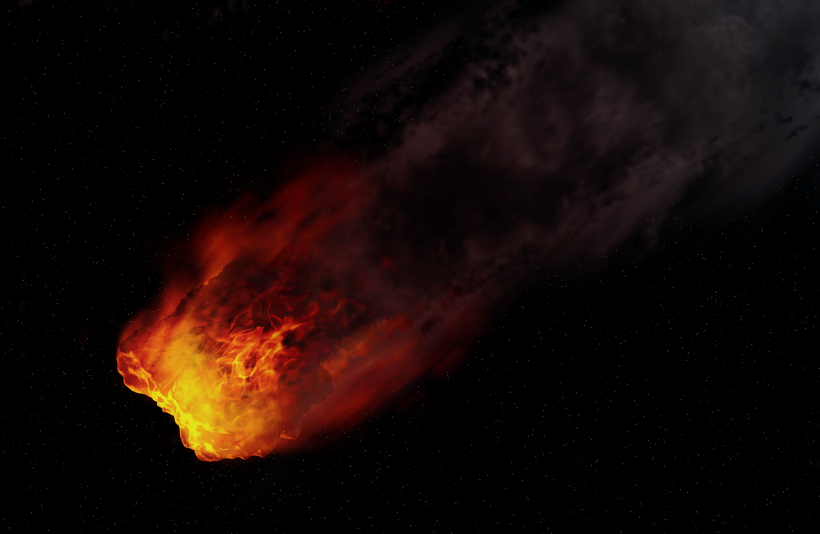The asteroid Bennu is best known as the asteroid that has a slight chance of hitting the Earth violently in around 150 years from now, gaining number two in the Palermo Technical Impact Hazard Scale.

The asteroid Bennu has a high chance of hitting Earth in around 150 years.
Bennu in High-Resolution
But now, the asteroid Bennu also holds the record for the first-ever subject of the highest resolution mosaic of a planetary object.
According to a report by Engadget, the high-resolution image was captured by the National Aeronautics and Space Administration's (NASA) OSIRIS-REx spacecraft that was close to the asteroid Bennu from Mar. 7 to April 19, 2019.
At its closest, the NASA spacecraft was around two to three miles away from the surface of the asteroid, which is approximately 1,600 foot wide.
Both the spacecraft and the planetary object are located several hundred million miles away from Earth.
The original image of the asteroid Bennu was 50,669 x 25,350, and each pixel represents around two inches, so it's possible to see objects that are as small as 10 inches across, making the image as the highest resolution image of a planetary body.
Additionally, the mosaic is made up of 2,155 individual images of the surface of the asteroid.
"This is the highest resolution at which a planetary body has been globally mapped," NASA said.
OSIRIS-REx and a High-Stakes Mission
Based on a report, due to the amazing details and resolution that the OSIRIS-REx was able to capture the asteroid, the spacecraft's team was able to find the best and safest landing spot for it.
The area, which is codenamed Nightingale, is located in the northern region of the asteroid and is a massive crater.
For now, the OSIRIS-REx team is preparing to land the spacecraft on the region for as little as five seconds--just enough to gather a scoop of samples from the cosmic rock and bring it back to Earth to be studied.
Read Also: Moon Mining Executive Order Signed by President Trump; What are the Benefits?
Nevertheless, it will be no easy feat for any spacecraft, including OSIRIS-REx.
When the Curiosity land rover landed on Mars in 2012, scientists gave it enough space for landing. Meanwhile, OSIRIS-REx will only have 270 square feet, which is the standard size of a car parking space.
However, if everything is going as planned, the spacecraft will leave Bennu in March 2021 and will be back to Earth with the sample in September 2023.
Why is Bennu Important?
Studying the Bennu sample could be the key to answering some of humanity's million-dollar questions, including, "Where did we come from? What is our destiny? And also, are we alone in the universe?" according to Dante Lauretta, the mission's principal investigator.
The asteroid Bennu is believed to be around the same age as our solar system.
Plus, it is closer to our planet, which makes trips possible--although it's also for that very reason that scientists believe it has a one-in-27,000 chance of hitting Earth around the years 2175 to 2199.
Asteroids like Bennu have remained unchanged over time, so it's not unlikely that a sample from it could provide some answers.
The high-resolution mosaic can be downloaded on OSIRIS-REx's mission page, although it's a hefty 859MB file.
Read Also: New Data Show Borisov is Falling Apart! Here's What Scientists Say









